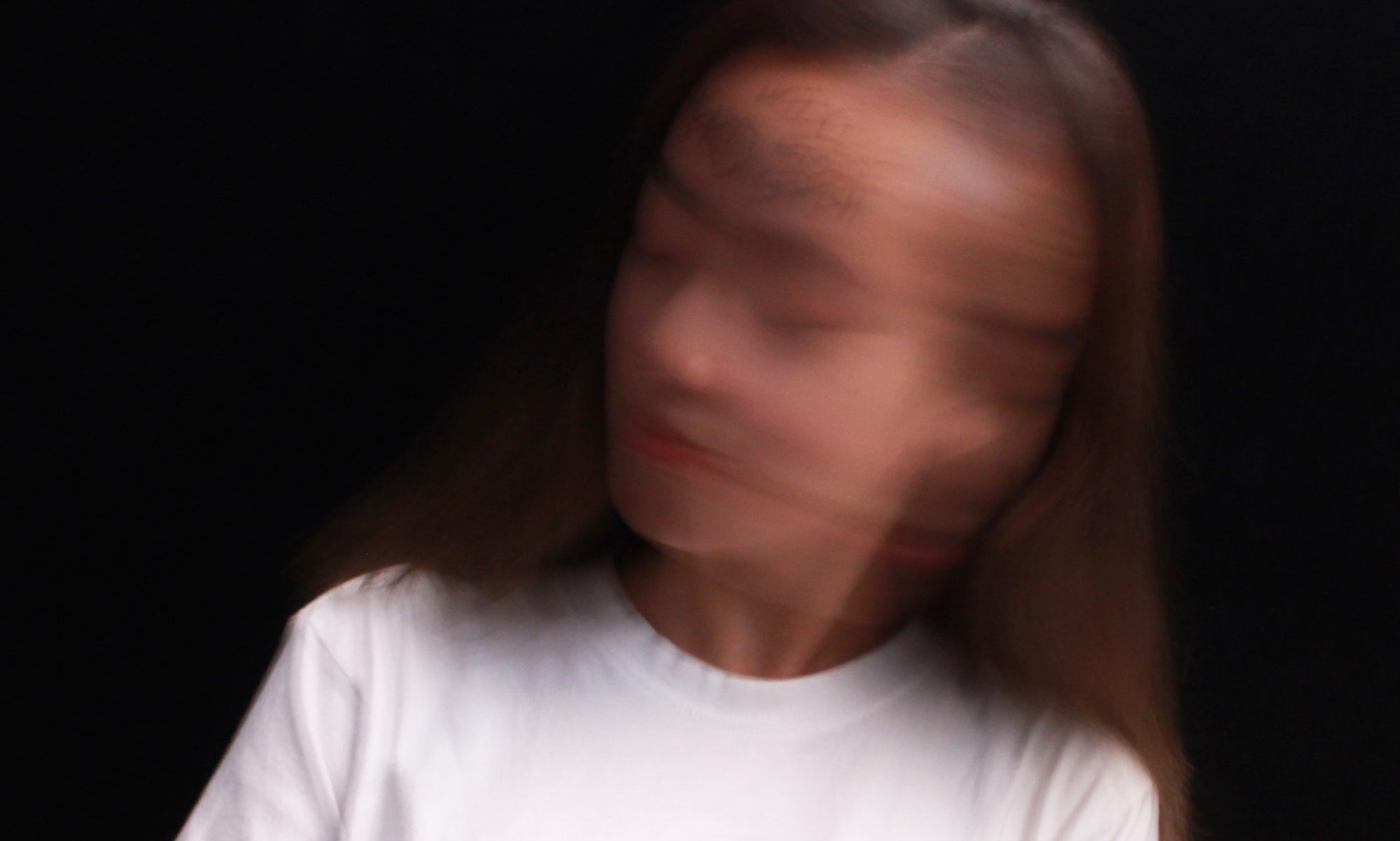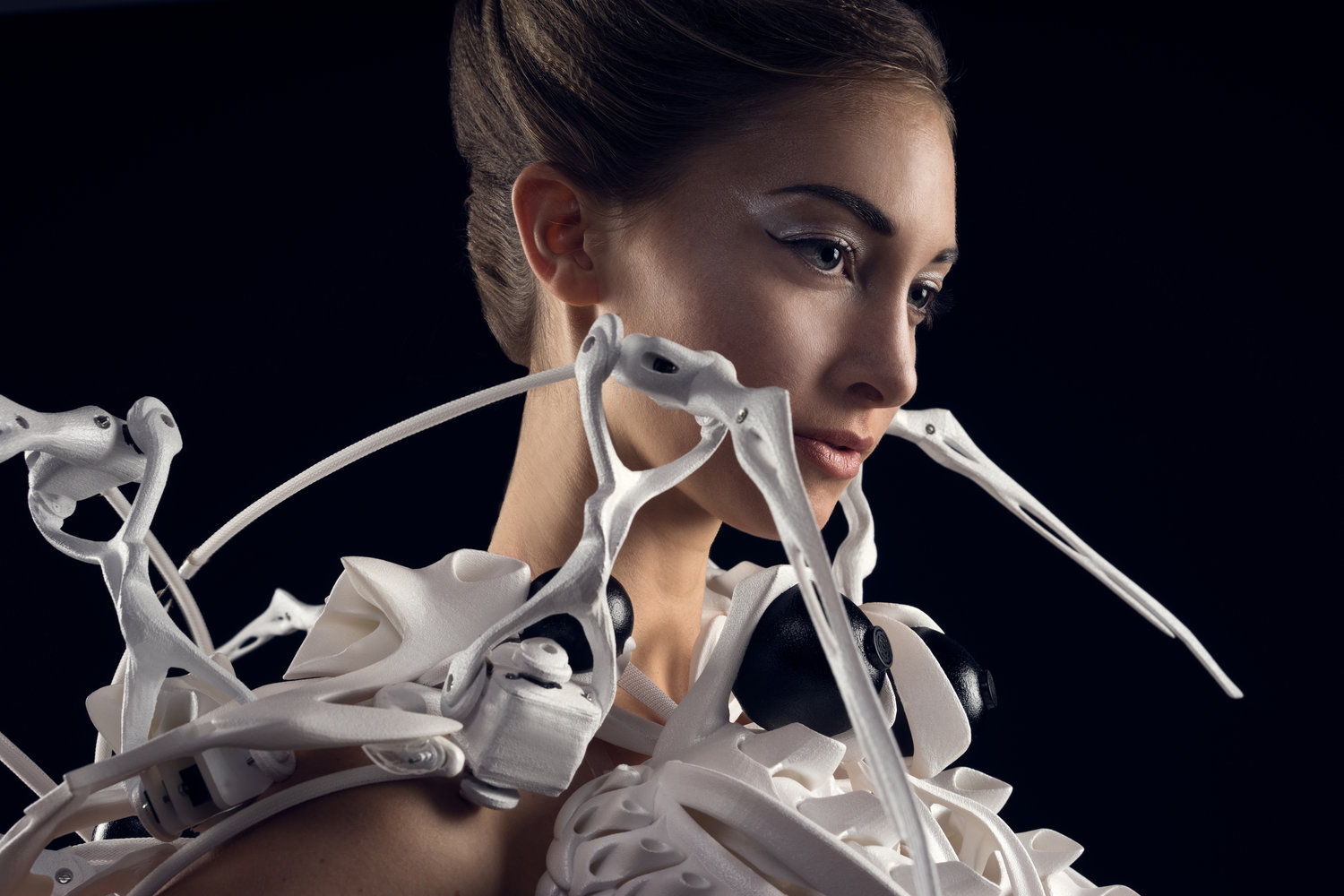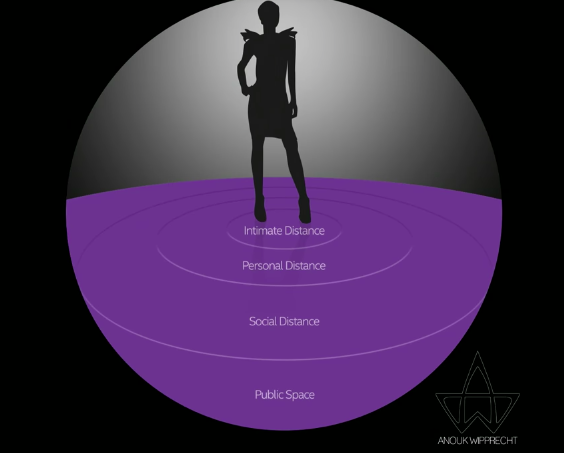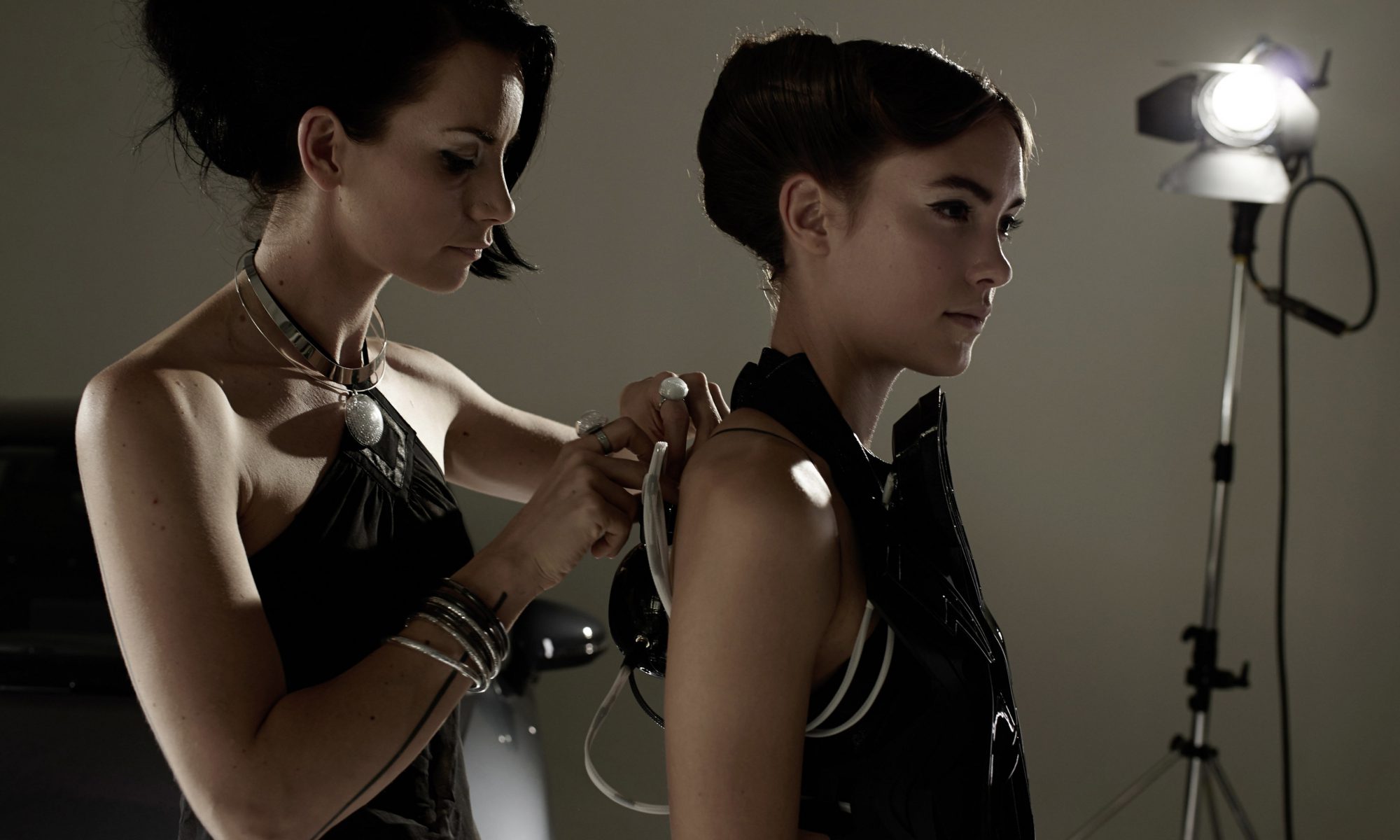Anouk Wipprecht’s Spider Dress

Nowadays, fashion is a media to explore new functions, technology and also a new area for interdisciplinary academic research including engineering, material science, fashion design, interactive design and etc. The Spider Dress is one of Anouk Wipprecht’s 3D printed interactive garments powered by Intel in 2012. It contains proximity sensors and biometric signal that measure the wearer’s stress level to trigger the mechanic limbs on the shoulders that protect the wearer and attacks when others steps into the personal space. The system is able to understand 12 states of behavior, and Wipprecht calls it as “an interesting interplay between co-control and education of your own body and mind.” The Spider Dress is the innovation that is more futuristic than the smart wristband and glasses, and it pushes the boundaries of social norms.
Anouk Wipprecht investigated in the interactions in different types of space such as the public space, social space, personal space, and the intimate space. Human being naturally prefers to keep certain distances between themselves and others. This creates invisible walls around us, and Edward T. Hall, the American anthropologist, and cross-cultural researcher called it the hidden dimension in his book.
“Fashion design, Interaction design, and technology. My thesis was about technology as an extension of the body.” – Anouk Wipprecht
Further, technology became the companion of us since the 1980s when personal computers were available to the mass. The interaction with personal computers developed from keyboard to touchscreen, voice control and even Brain-Computer Interfaces (BCI) that allow humans to mentally interact with computers. The function of computers is becoming part of our emotion and extension of the body. People had been communicating and expressing their attitude through fashion since ancient civilization. The expression becomes more dynamic with technology.
“I see the future being more sensorial and adaptive to individual needs. Personalized instead of globalized.”
I believe that wearable technology will go beyond the concept of personal dynamic that Alan Kay and Adele Goldberg Illustrated in 1977. It goes straight to reach our biosignals such as brainwave and heartbeats, instead of receiving the input from our fingertips. Wearable tech will be another breakthrough in human-computer interaction.
References
http://www.abitare.it/en/design-en/concept-en/2017/11/12/fashion-technology-wipprecht/?refresh_ce-cp
http://www.anoukwipprecht.nl/gallery/lzrxvj4br9mnv3rsvymyhb5ntk21ld
Robotic Spider Dress Powered By Intel Smart Wearable Technology



